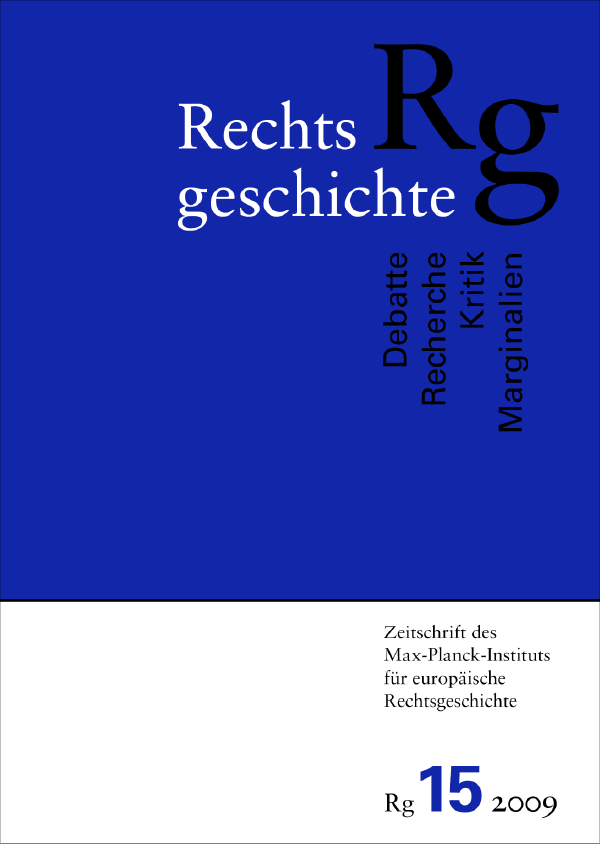Staat als Begriff und Vorstellung
DOI:
https://doi.org/10.12946/rg15/145-168Abstract
The article reconstructs the visual representations of the state beginning with the frontispiece of Thomas Hobbes' Leviathan and its variations in »The Elements of Law«. While Hobbes' visual strategy is informed by a distrust of language, Michel Foucault departs from both this distrust as well as the fixation on sovereignty. His deconstruction of the representation paves the way for a democratic aesthetics. The need for symbols of political domination in the post-monarchic era is illustrated by three examples: the symbolizations of national unity, the parliamentary seating arrangements and the domed Berlin Reichstag as the architectural embodiment of the republican promise of transparency.
After this visit to the museum of modernity’s pictures the text reintroduces the concept of the modern state. Hobbes' composite structure of the Leviathan reappears under the guise of a farewell to pre-constitutional composite concepts, such as a state under the rule of law, federal state or constitutional state.
Downloads
Veröffentlicht
Zitationsvorschlag
Ausgabe
Rubrik
Lizenz
Copyright (c) 2009 Autor/in

Dieses Werk steht unter einer Creative Commons Namensnennung - Nicht-kommerziell - Keine Bearbeitung 3.0 International -Lizenz.





